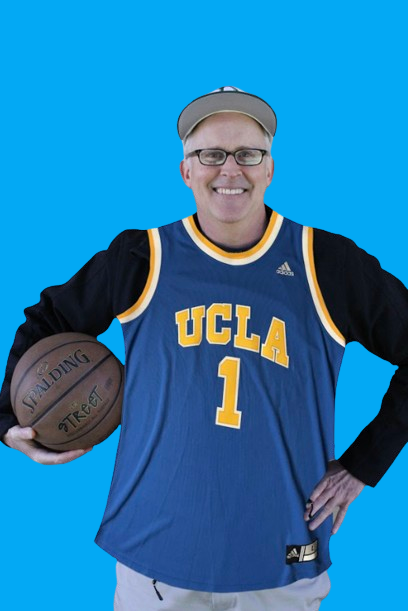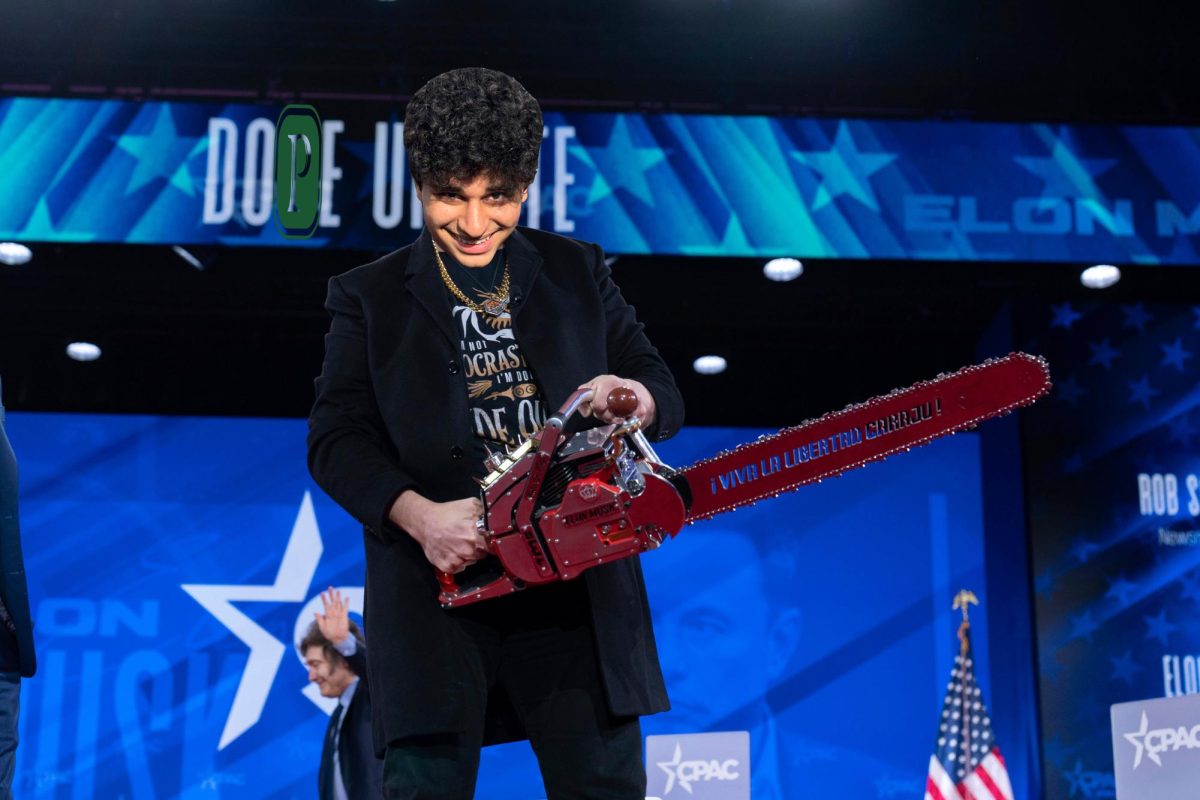Basketball players. They can come in all sorts of different builds. On one end of the spectrum, you have the unathletic, fundamentally sound, system-dependent players who make a name for themselves by shooting threes and playing average defense. These are the Kyle Korvers, the JJ Reddicks and the Duncan Robinsons of the world. On the other hand, you got the freakishly athletic, incredibly ripped and unbelievably scary players who will break their nose while trying to run you over. They can best be compared to a wannabe Ja Morant, Derrick Rose and surprisingly, Pinewood’s very own David Wells.
In addition to his teaching career at Pinewood and his stand-up comedy gig, Wells was a member of the UCLA men’s basketball team from 1986 to 1990. There, Wells gained a reputation as an explosive point guard with the capability to both speed down the court and out-jump all of his competition. When he was growing up, he said he was inspired by Michael Jordan’s legendary career at the University of North Carolina and made it his life mission to be like Mike.
“I mean, come on,” Wells said. “Whenever Jordan jumps, he floats in the air for what seems to be an eternity before dunking on three different people. Who wouldn’t want to be like him?”
By the time Wells was a freshman in high school, he was already head over heels with the idea of becoming the second coming of Jordan by the time he was in college. He trained diligently and hired coaches to help him in areas of the game where Jordan excelled at: the mid range jumpshot, finishes around the rim, lockdown defense and most importantly, athleticism.
“What really helped me take that leap forward was plyometrics,” Wells said. “Jordan had a 46-inch vertical jump and I didn’t, so I knew I had to do something to get up to that level of athleticism.”
After three years of hard work and dedication, Wells bumped his vertical jump from a respectable 28 inches to a jaw-dropping 51 inches, earning him offers from multiple Division I programs.
“I basically turned my legs into rockets,” Wells said. “After that, it was just a matter of really getting down those small details, and, by then, the offers were flying in. I had the right stuff.”
Strutting onto the scene at UCLA with his bulging calves and monstrous quads, Wells immediately abused his new cheat-code athleticism, finding tremendous success. Averaging a jaw-dropping 35 points per game throughout his four years on the team, Wells was projected to be the number one pick in the 1991 NBA draft. In a shocking turn of events, Wells sustained a devastating knee injury in the NCAA tournament that cut his career short, and he fell back into a coaching career at UCLA.
“It’s still hard to get over,” Wells said. “I was really excited to finally compete on the same level my idol competed on.”
Wells hopes to extend Jordan’s impact to players beyond himself and make substantial change in the world, creating players that will have lasting legacies.
“The world can always use more Jordans,” Wells said. “So although I never became the second coming of him, I’m going to make sure all of my players are as close to Jordan as possible. That way I can live out my dreams through them.”
Wells’ coaching career was highlighted with producing players like Zach Lavine and Russell Westbrook.






